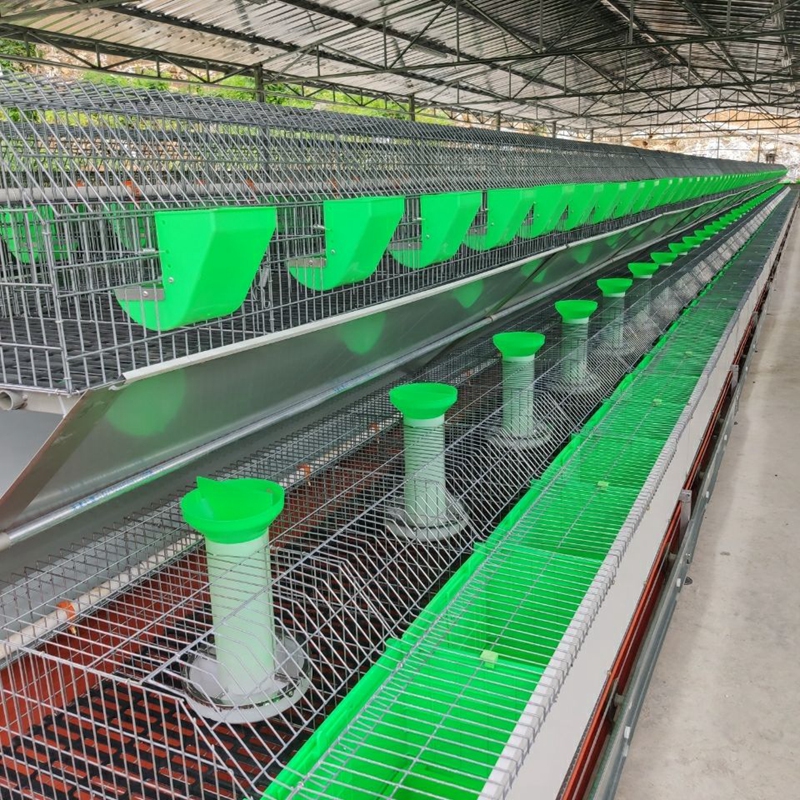Gestation Barn Management for Enhanced Animal Welfare and Productivity
Dec . 15, 2024 05:12 Back to list
Gestation Barn Management for Enhanced Animal Welfare and Productivity
The Importance of Gestation Pens in Modern Animal Husbandry
In the realm of modern animal farming, ensuring the welfare and productivity of livestock is paramount. Among the various facilities designed with farm animals’ needs in mind, gestation pens have emerged as a significant topic of discussion. These specialized enclosures are primarily used for breeding sows, particularly in intensive pig farming operations. They provide a space for pregnant sows that promotes safety, comfort, and effective management of the animals during their critical gestation period.
Gestation pens are designed to accommodate sows from the time of breeding until they are moved to farrowing crates, usually around three to four weeks before they give birth. The design and size of these pens can vary, but they typically offer enough space for the animals to stand up, turn around, and lie down comfortably. This degree of mobility is crucial for the physical and psychological well-being of the sows. In contrast to traditional housing systems, where sows may be confined to farrowing crates for extended periods, gestation pens allow for greater animal movement, thereby reducing stress and promoting healthier pregnancies.
One of the primary benefits of gestation pens is that they allow for easier monitoring and management of the animals
. Farmers can observe the sows more efficiently, checking for signs of health issues, aggression, or social dynamics within the group. This monitoring capability is essential, as pregnant sows have specific needs that must be met to ensure they remain healthy throughout gestation. For instance, proper nutrition, adequate space, and a stress-free environment all contribute to the well-being of both the sow and her future piglets.gestation pen

Furthermore, gestation pens often incorporate features to enhance the welfare of the animals. For example, many pens are equipped with slatted floors that ensure good drainage and hygiene, reducing the risk of diseases. Additionally, enrichment activities and comfortable bedding can be introduced to stimulate natural behaviors, further improving the quality of life for the sows. The emphasis on animal welfare in the design of gestation pens aligns with growing consumer demand for ethically produced meat, as more people are concerned about how animals are treated in farming operations.
However, the use of gestation pens has drawn criticism from animal welfare advocates who argue that while these systems are an improvement over traditional stalls, they still do not replicate the natural living conditions that animals would prefer. Critics advocate for group housing systems where sows can socialize and exhibit natural behaviors without the confinement of a pen. The debate around gestation pens continues, highlighting the need for ongoing research and dialogue about best practices in animal agriculture.
Moreover, regulations concerning the use of gestation pens vary significantly by region. In some countries, lawmakers have proposed or enacted bans on their use, pushing farmers to adopt group housing methods. These regulatory shifts reflect changing public sentiments towards animal welfare and place pressure on producers to adapt their systems. As the industry evolves, it is essential for farmers to stay informed about regulations and adopt practices that ensure compliance while also prioritizing the welfare of their livestock.
In conclusion, gestation pens play a crucial role in modern animal husbandry, especially for pig farming. They provide a necessary compromise between animal welfare and practical management needs. Although they offer benefits such as improved monitoring and reduced stress compared to previous methods, the discussion surrounding their use continues. As consumer awareness and regulatory pressures rise, the animal agriculture industry must remain adaptable, seeking innovative solutions that prioritize both the welfare of animals and the productivity required to meet global food demands. Moving forward, collaboration between farmers, scientists, and animal welfare advocates will be critical in developing best practices that effectively balance these interests.
-
Hot Sale 24 & 18 Door Rabbit Cages - Premium Breeding Solutions
NewsJul.25,2025
-
Automatic Feeding Line System Pan Feeder Nipple Drinker - Anping County Yize Metal Products Co., Ltd.
NewsJul.21,2025
-
Automatic Feeding Line System Pan Feeder Nipple Drinker - Anping County Yize Metal Products Co., Ltd.
NewsJul.21,2025
-
Automatic Feeding Line System - Anping Yize | Precision & Nipple
NewsJul.21,2025
-
Automatic Feeding Line System - Anping Yize | Precision & Nipple
NewsJul.21,2025
-
Automatic Feeding Line System-Anping County Yize Metal Products Co., Ltd.|Efficient Feed Distribution&Customized Animal Farming Solutions
NewsJul.21,2025






